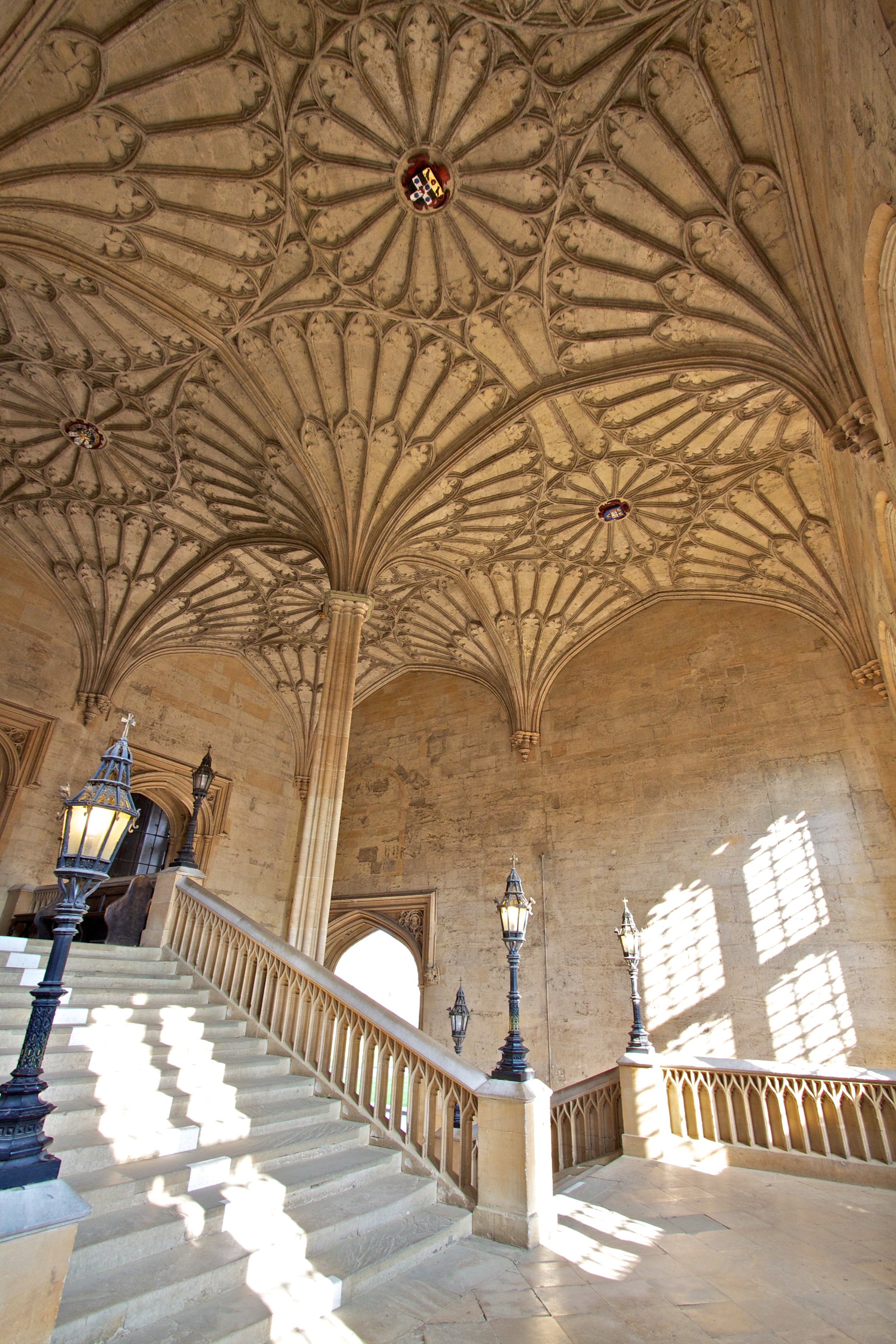christ church, oxford
Today Christ Church is one of the larger Oxford colleges, with about 450 undergraduates and 150 graduates drawn from all places and backgrounds. Together they ensure it remains a lively academic community.
Christ Church has had many influential members from across the political and religious spectrum. Thirteen prime ministers have been educated here (more than any other college), including the great Victorian Liberal William Gladstone. John Locke, philosopher and campaigner for religious toleration, taught here, and Lewis Carroll wrote about Alice in Wonderland while Mathematical Lecturer here.
Christ Church was founded nearly five hundred years ago, part of Renaissance movement to improve education and train young men for an active life in the church or the state. The first steps were taken in 1524 by Cardinal Wolsey, then Henry VIII’s chief advisor; he planned to build a new, Cardinal’s College ‘for the increase of good letters and vertue’. The money for it was to come from closing some monasteries, including the St Frideswide priory in Oxford, whose site was to provide the nucleus for the new college. The college was taken over by Henry VIII and re-founded in 1546 as Aedes Christi, the House (or Church) of Christ. Henry had even more ambitious plans for the foundation – it was to be the cathedral church of a new diocese as well as a place of scholarship.
Charles I stayed in Christ Church for almost four years. Charles had not intended this, for he had been forced to leave London by his Parliamentarian opponents during the English Civil War. But he found Christ Church welcoming, its Great Hall an ideal venue for his Parliament, and he attended services in the cathedral regularly. When his son, Charles II, was restored to the throne in 1660, Christ Church was jubilant, and it was in these years that Tom Quad was finally finished – including the magnificent Tom Tower, designed by Sir Christopher Wren. Tom Quad remains one of Oxford’s most famous places, a magnificent quadrangle surrounded by the hall, cathedral and canonries.
